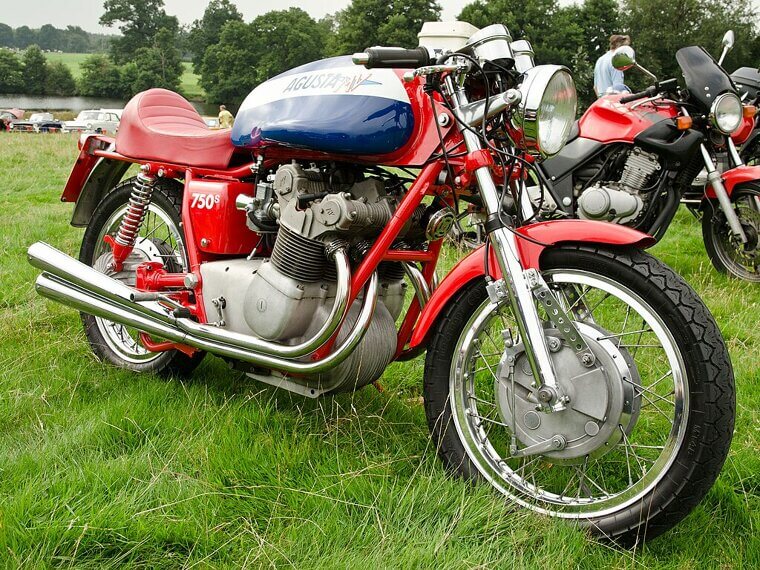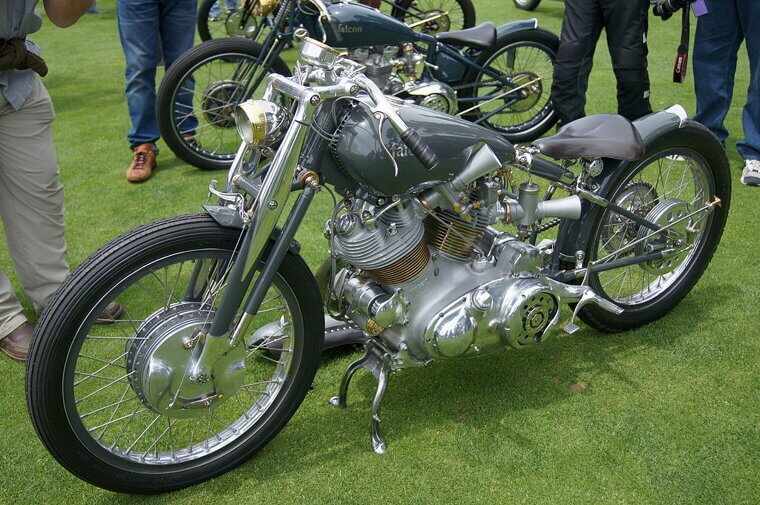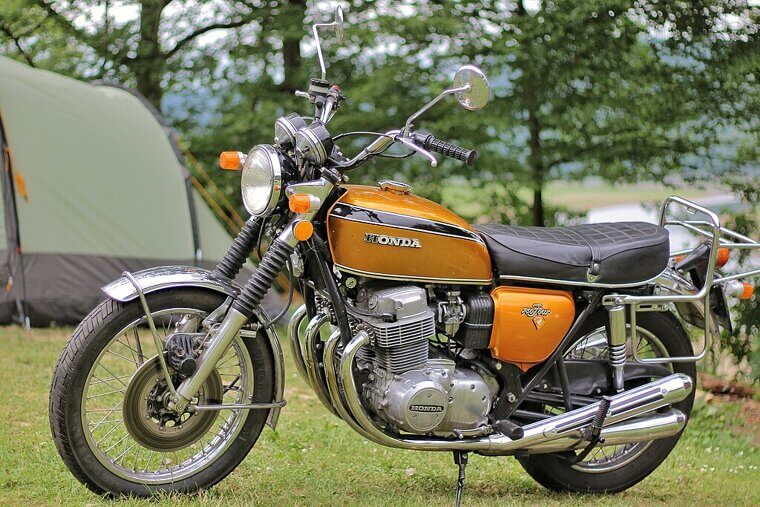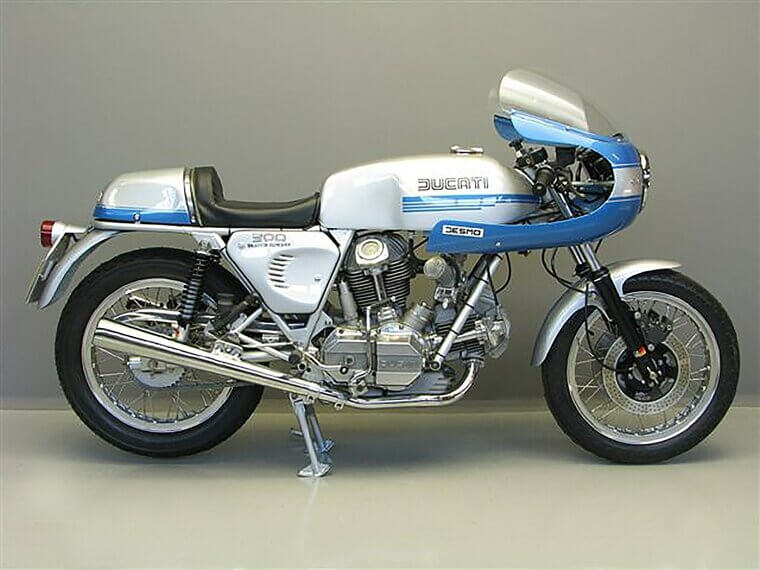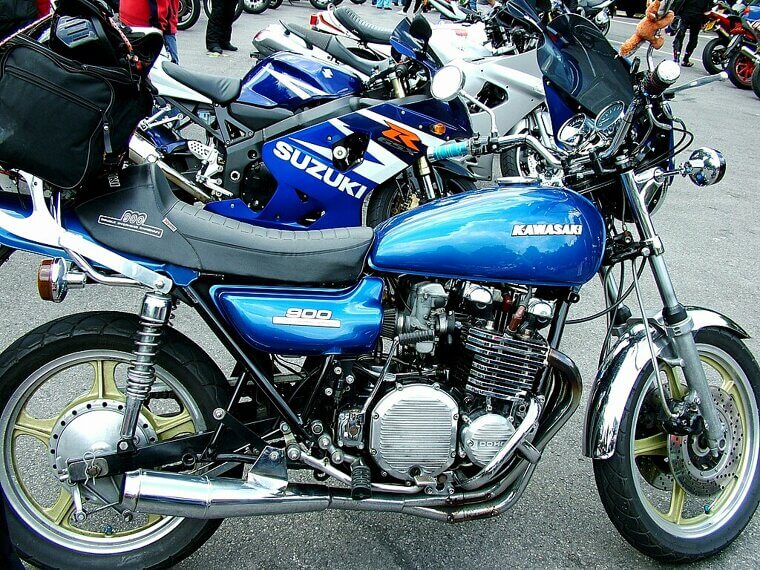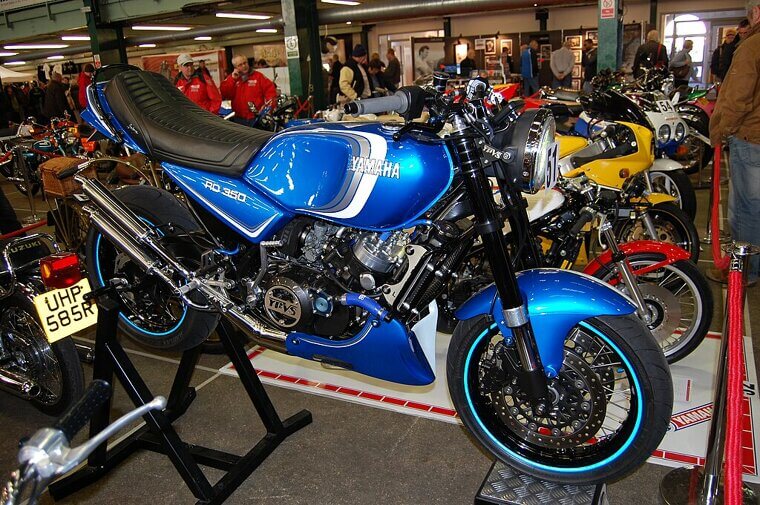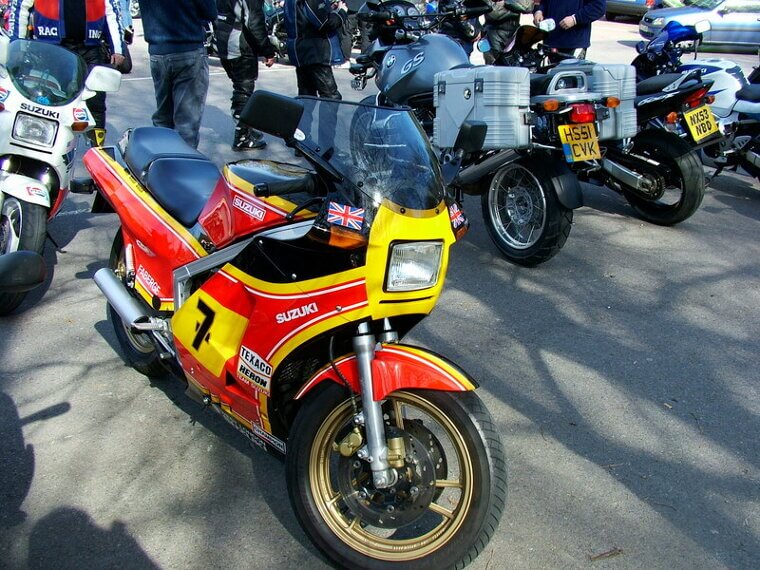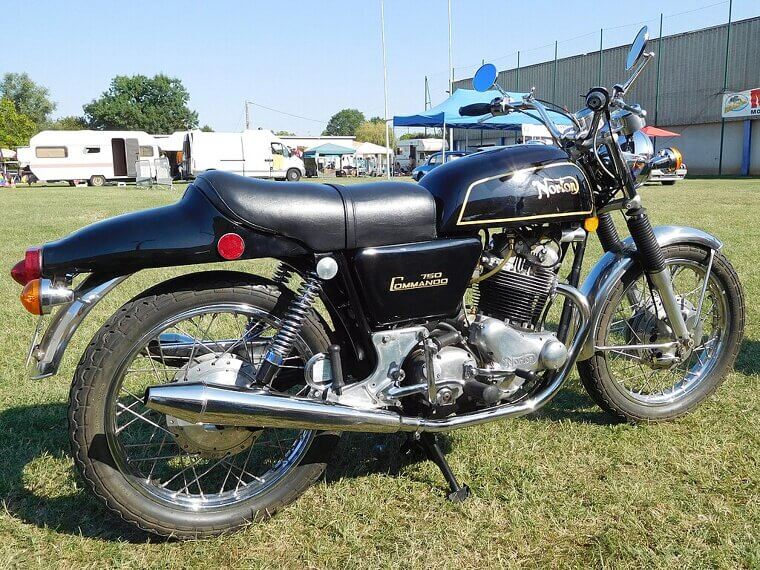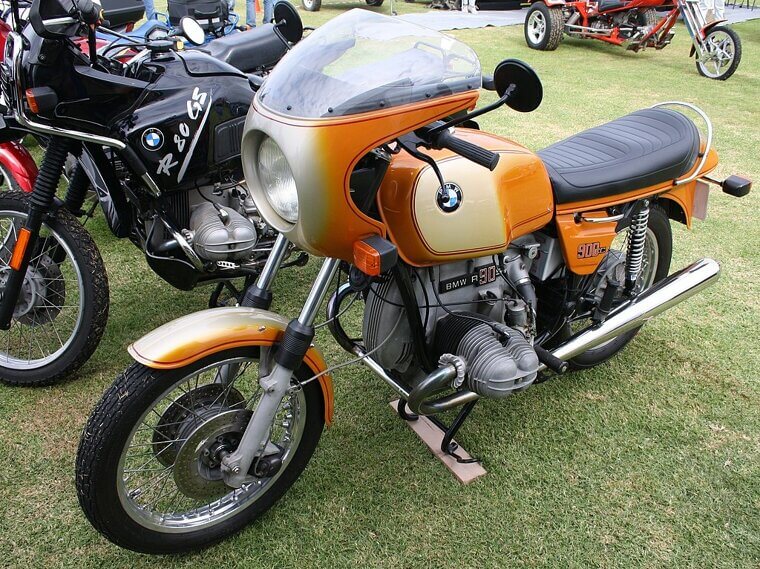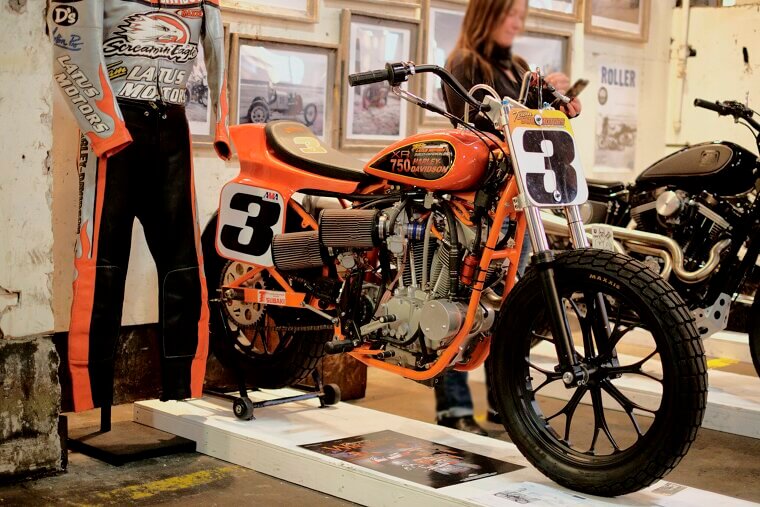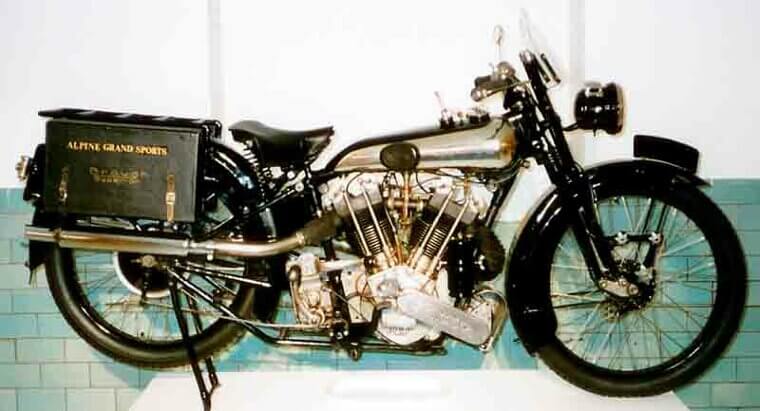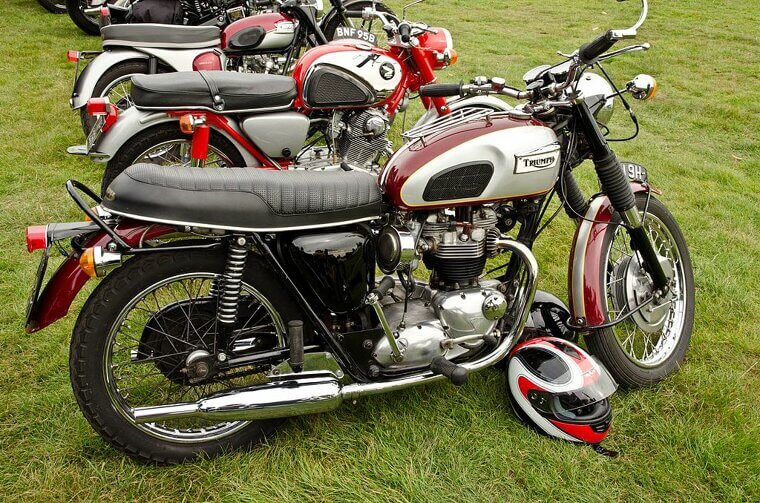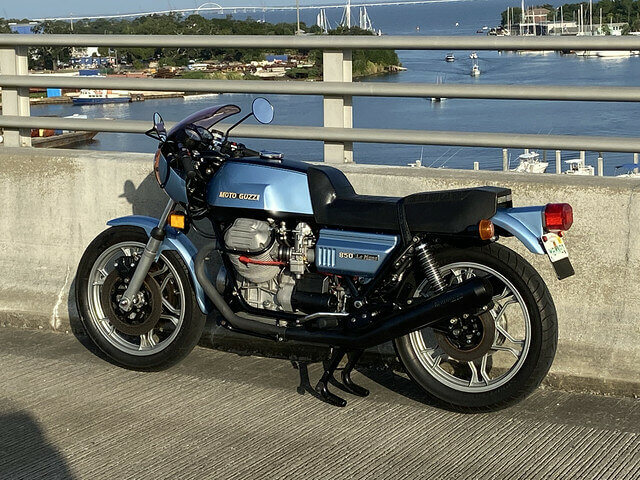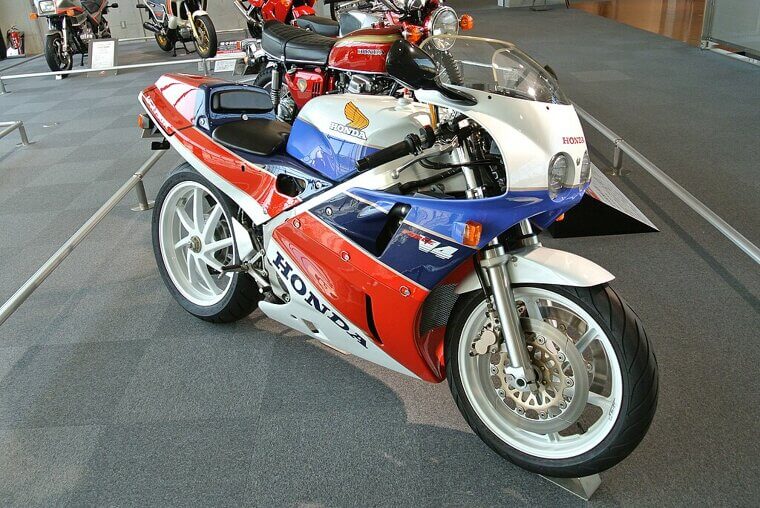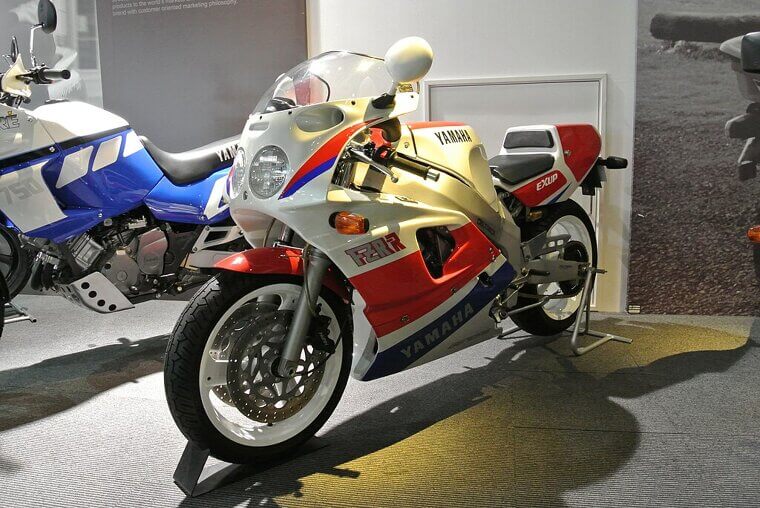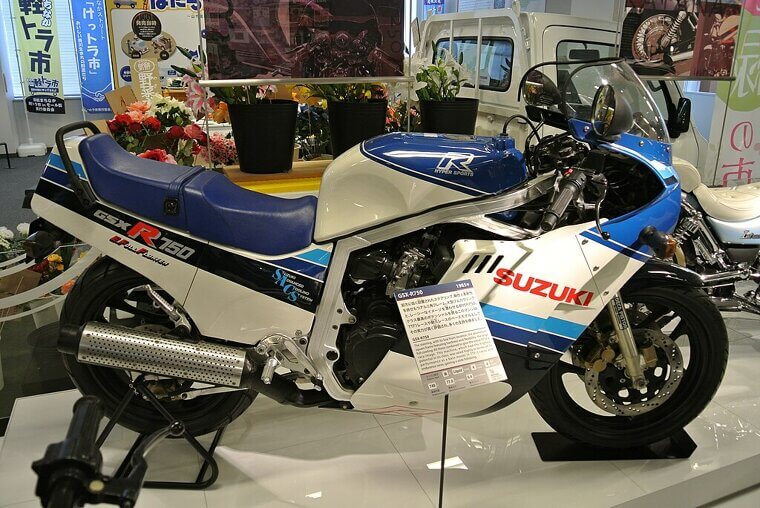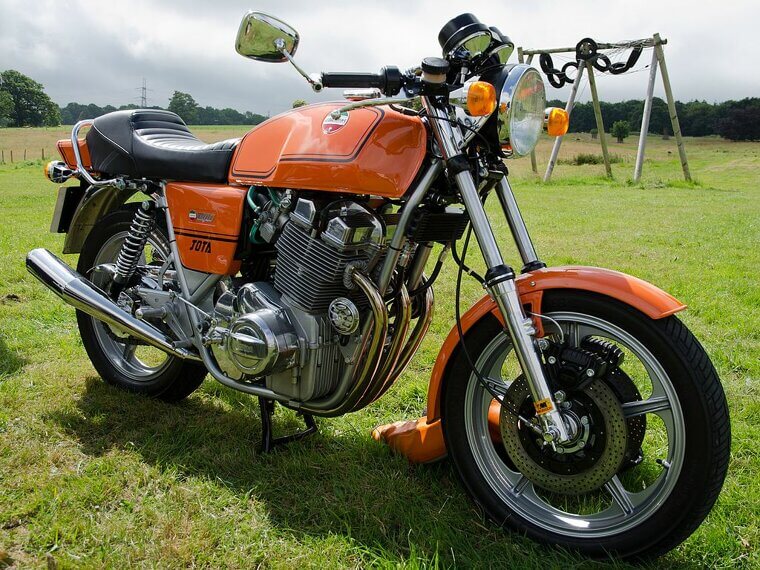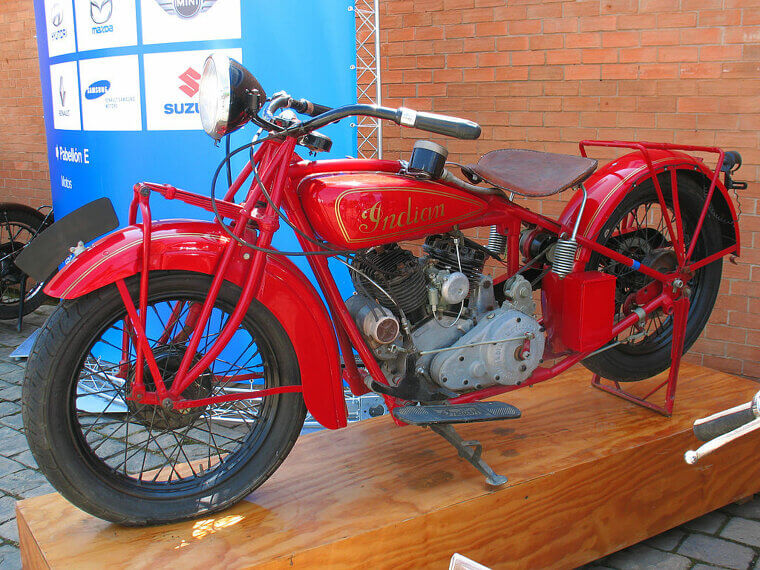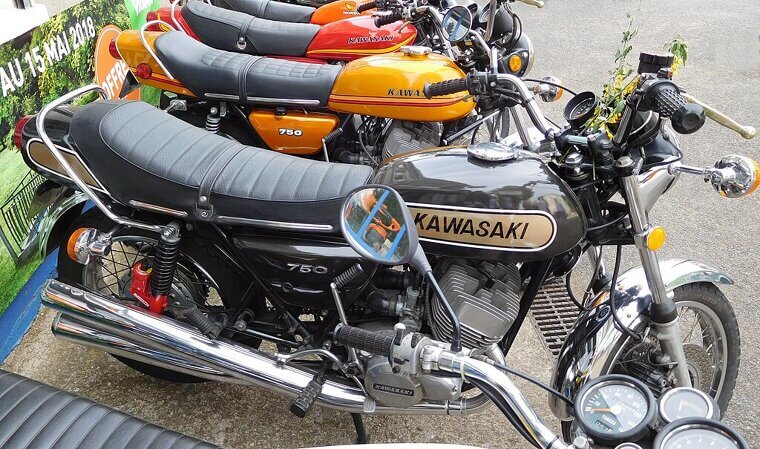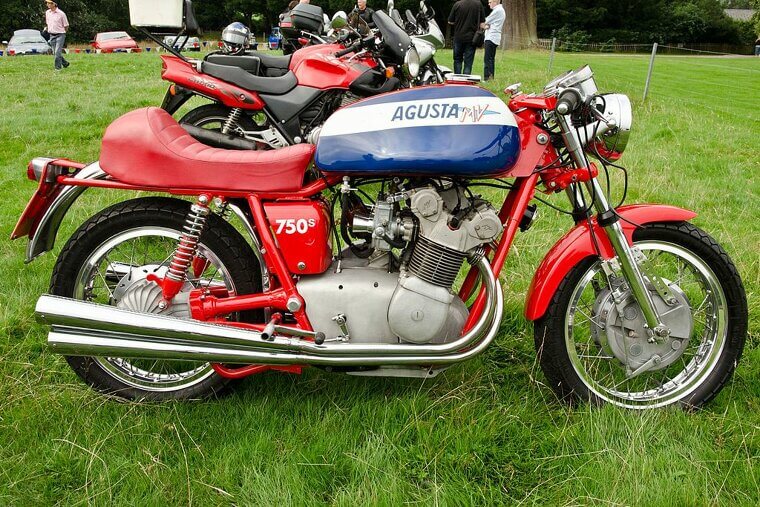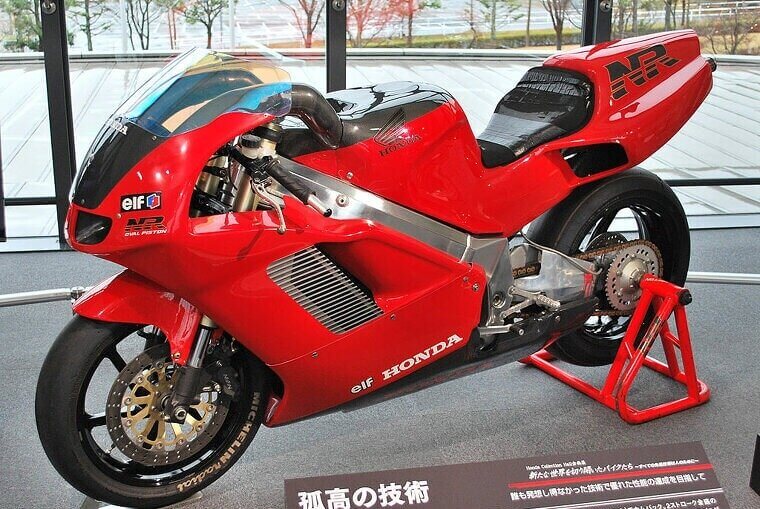You Just Can’t Beat the Classics
Some motorcycles weren’t just fast - they were unforgettable. These two-wheel legends from the past earned their place in history with raw power, iconic design, and unmatched character. While today’s bikes may be sleeker, they don’t always capture the same spirit. Here are the classics that riders still talk about.
Vincent Black Shadow – 1948–1955
The Black Shadow was the first bike to break 125 mph, and that was in the ’50s! That’s crazy advanced, but the design was also something else; it had no frame (the engine ran double duty) and unlike modern bikes, there was no electronic tech - just pure power.
Honda CB750 Four – 1969–1978
Widely considered the first superbike, the CB750 Four was the first production motorcycle with a transverse inline-four, front disc brake and electric start. In its day it was a monster, capable of out-performing much bigger bikes at a fraction of the cost - including its European competitors.
Ducati 900SS – 1975–1982
The Ducati 900SS was a racebike designed for the road with desmodromic valves, a bevel-driven camshaft and handling unlike anything before it. There were no fancy drive modes or traction control between you, the bike and the road, either; it was like riding a thunderbolt.
Kawasaki Z1 900 – 1972–1976
Despite being built like a tank, the Kawasaki Z1 900 could easily break 130 mph and outpace anything on the road - it even stayed silky smooth while doing so! Unlike many modern models today, it was an unapologetically over-engineered beauty of pure performance with the strength of a beast.
Yamaha RD350LC – 1980–1983
The RD350LC offered no ABS or ride-by-wire; it was an unchained, shrieking hellbeast, thrilling riders with its savage powerband and two-stroke 49 horsepower (hp) engine. When you throw in liquid cooling, monoshock suspension and razor-sharp handling? That’s a memorable motorbike.
Suzuki RG500 Gamma – 1985–1987
What do you get when you cram a Suzuki grand prix square-four 498cc two-stroke engine into a road bike? You get the RG500 Gamma, a light and nimble vehicle that streaked across highways like an energetic ghost. There wasn’t any modern power-neutering, just horrifying speed.
Norton Commando 750 – 1967–1977
If you’ve only rode modern bikes, you have never encountered the pure soul of the British Norton Commando 750, which generated performance you could feel in your bones. Its 745cc parallel twin engine and vibration-reducing Isolastic frame earned it “Machine of the Year” for 5 years running!
BMW R90S – 1973–1976
The R90S wasn’t just the first production bike to come with tunnel-tested fairing - it was the first with a fairing full stop, and won the very first AMA Superbike Championship in 1976! It was comfortable, fast and cool, which is a trifecta that few modern bikes can achieve.
Harley-Davidson XR750 – 1970–1985
If you’re a motorbike fan, you’ll instantly recognize the XR750 as Evel Knievel’s wheels of choice. It wasn’t made by a committee but as an engineer’s passion project, and it reigned supreme in flat track racing for decades. Even Harley itself couldn’t do better.
Brough Superior SS100 – 1924–1940
The Superior SS100 wasn’t just a bike; it was prestige on rubber-burning wheels. Often called the “Rolls Royce of motorcycles,” it was hand-built to order and came with a guarantee of passing 100 mph when most bikes were struggling to reach 60.
Triumph Bonneville T120 – 1959–1975
The T120 was a stylish British vision in chrome named for the Bonneville Salt Flats where speed records were set, and while it wasn’t as smooth as modern bikes, it was bursting with character. It could hit 120 mph in its day, which was quite an achievement!
Moto Guzzi Le Mans Mk I – 1976–1978
Known for its iconic 850cc V-twin engine (which was “V” in both name and shape), the Mk I was like a sleek and mysterious Italian stranger promising to take you on a wild adventure. It wasn’t tech-heavy like modern rides, but it was loud, passionate and cool.
Honda RC30 (VFR750R) – 1987–1990
Although the RC30 was technically a racing bike with a V4 engine, you could actually buy one - and you wouldn’t be disappointed. It was lightweight, smooth and sharp as a blade, designed to cut through track opposition (which it did). Its craftsmanship blows most modern efforts out of the water.
Yamaha FZR750R OW01 – 1989–1992
The FZR750R had racebike DNA and when you learned to ride it, you felt like a hero - no rider aids or electronics, just pure talent. That’s not to say it was without tech though; for its day, its trick suspension and titanium valves were ahead of the curve.
Suzuki GSX-R750 (Slabby) – 1985–1987
You wouldn’t have thought that the GSX-R750’s flat body panels (hence the nickname “Slabby”) would make it go faster, but they did! It was the OG sportbike and eschewed fancy for focused, aggressive performance.
Laverda Jota 1000 – 1976–1982
The Jota 1000 dumped elegance by the roadside in favor of a 180° crank triple that sounded like a landslide and rode faster than any other bike available when it was released. It wasn’t polished like modern bikes, but it felt raw and exuded power.
Indian Scout 101 – 1928–1931
At the time it hit the roads, the Scout 101 had unmatched handling and agility - in fact, even today it feels more responsive than many bloated models on the market. Daredevils loved it, racers endorsed it and it embodies Americana effortlessly.
Kawasaki H2 Mach IV 750 – 1972–1975
If you wanted excitement in the ’70s, you had to look no further than the H2 Mach IV 750. It had no track control and a powerband you had to feel to believe. It wasn’t the fastest thing on the road… but it was damn near close.
MV Agusta 750S – 1970–1975
A work of art in both aesthetics and engineering, the Agusta 750S offered a singing inline-four engine and pieces that felt sculpted by angels. Modern bikes brag about efficiency, but this baby was poetry in motion.
Honda NR750 (Oval Piston Dream) – 1992
The Oval Piston Dream was a Honda flex, and in doing so it ripped its shirt. The motorbike was way ahead of its time and had 8 valves per cylinder in a 4 cylinder bike - that’s a lot of power! It was needless, it was legendary and it was beautiful.

